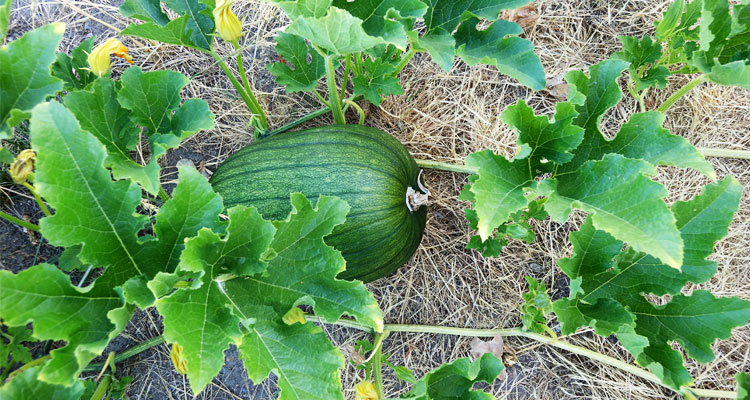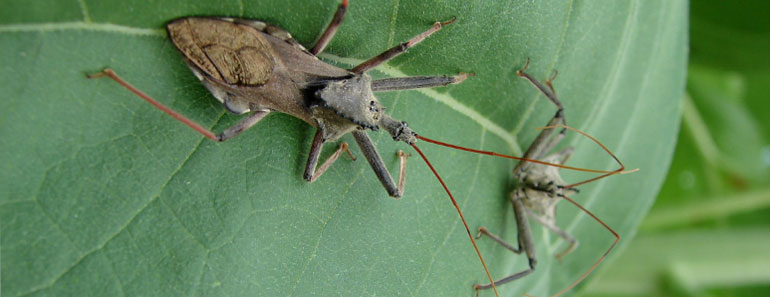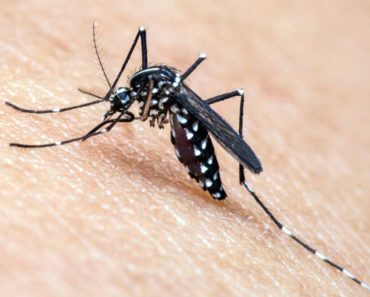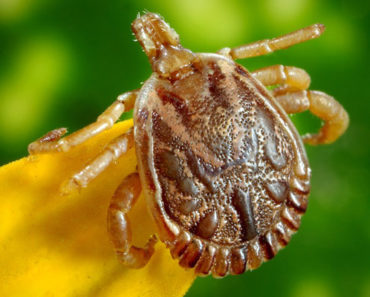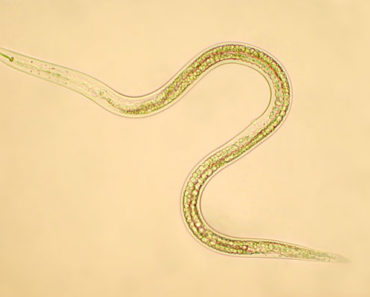It is of vital importance to pay close and special attention to your squash plants and the squash bugs that can collect very quickly around them. Squash bugs are born in large droves, grow and multiply quickly and reproduce in mass quantity. They are pesky little bugs that can ruin and kill your squash plants very quickly. There are many preventatives available that are homeopathic, safe to use and don’t require pesticides. There are simple and easy methods to keep your squash garden healthy, provide them much needed access to bee pollination and prevent squash bugs from invading your garden.
How to Identify Squash Bugs & their Eggs
Squash bug nymphs are either white or green in color and do not yet have wings, but do have legs. The eggs are found on leaves on the undersides and cluster together along unripe fruit, vines and close to the bottom of the plants under foliage.
The eggs develop a cocoon and burrow underground when it is cold out. As weather warms up and spring arrives, they hatch and develop into adults.
Adults are about 5/8” longs and have developed wings. Once they are grown up they turn a brownish-black color with gray spots on them. They live for about 8 weeks and can multiple in the tens of thousands very quickly.
Squash bugs at any step in development kill plants, especially those that are young, quickly. The plant will wilt and die fairly rapidly because of these bugs, starting with them turning brown and developing spots. In the end, the plant will turn black and crispy on the vines and leaves both.
Adult squash bugs and the lymph eggs will mutate quickly, so it is important to take control of the problem as quickly as possible. They quickly attack plants and destroy them at an uncanny rate and become difficult to destroy if the population gets to be too great.
How to Kill Squash Bugs
Cardboard or newspaper can be placed around your plants and you will find they’ll collect at night and it is simple to then get rid of them in the morning. They will collect together on the paper, then all you have to do is brush them off of it into some soapy water.
Pesticides, unfortunately, are not usually very effective in getting rid of squash bugs as it doesn’t seem to harm them particularly.
Simply squashing a squash bug is one way, but it would take a great deal of time since they multiply so rapidly and in such large amounts at once. The smell when one is squished is quite putrid also, unfortunately. It was be quite the daunting and difficult task to rid your garden of squash bugs this way.
Natural Methods
Thankfully, there are a number of natural and organic ways to get rid of squash bugs around your plants, however. All of these methods are eco-friendly, safe and fairly simple to try.
There are a few different sprays you can make to rid your garden of squash bugs.
The first is a garlic and onion mix. Combine onion and garlic in a jug with a gallon of water and let it sit for a while until the smell is potent. Pour this mixture on the ground around the bottom of your plant, where the squash bugs most commonly meet. It is important to do this after it has rained as well.
The second is to combine 32oz of water in a spray bottle with 2 tbsp of Castile Soap or dishwashing liquid. Spraying it on your plants each morning will help rid them of the pesky squash bugs also.
Lastly, you can mix 1-2ml of Castile soap, a quart of warm water and 1 tsp of 0.5% diluted neem oil spray. With this method, you only have to spray every two weeks on your plants.
There are certain things you can plant near your squash plants or sprinkle around them also to keep away squash bugs. Among them are catnip, dill, petunias, nasturtiums and french marigolds and daisies. Dills and daisies specifically attract tachinid flies who will work with you to rid your garden of squash bugs.
You can plant with diatomaceous earth as well as it is rather dangerous to the pesky bugs, much like tiny shards of glass. It should only be placed around the base of the plants in the early morning and evening time and never when honeybees are around. While it can slice and kill squash bugs effectively, it can also have the same effect on bees. It however will not harm earthworms.
Tips to Grow Squash Successfully
One of the most important aspects of growing squash and succeeding at doing so is not using mulch to grow your plants. The mulch is attractive to squash bugs and allows them the best place possible to hide from you. Compost is the best thing to grow squash with, whenever possible.
If you start growing your squash inside, you are already well on your way in keeping squash bugs away from your plants.
There are certain squash varieties which are resistant to bugs and are worth trying over others. Some of these are Butternut, Improved Green Hubbard, Early Summer Crookneck and Royal Acorn.
Put row covers on top of your squash plants is a great way to aid in keeping squash bugs away, however, they must be removed once the squash plant starts blossoming or bees cannot access them. Squash plants are made up of female plants and male plants, but are separate from one another, so bees play a vital role in pollinating them as needed.
Examine your squash to make sure there are no caterpillars. If there are, you need to remove them as soon as possible.
When your squash plant is done producing for the season it is important that you remove the vines. It is important that you also burn or compost the plants when you are done also so squash bugs don’t infiltrate the area at all.

